Norwegian Elkhound
You could be forgiven for wondering how Norway's national dog came to be named after a North American animal, the elk. However, the breed name is a corrupted form of the word "Elghund," which means "moose dog."
Although this ancient breed made a name for itself in the world of Nordic big game hunting, it is now more commonly found as a sweet, gentle pet that adores children. The Norwegian Elkhound is a playful and energetic clown with a big personality. Still, it is also fiercely intelligent and strong-willed.
It has a mischievous nature and can be challenging to train, especially if food rewards are scarce! Here are the most important facts about the amazing Norwegian Elkhound breed.

Height:
19,5-20,5 in (49-52 cm)

Weight:
48-55 lb (22–25 kg)

Origin:
Norway

Life Expectancy:
12-15 years
Dog Breed Characteristics
Appearance
In many ways, the Norwegian Elkhound resembles a Spitz in appearance: squarely built, with a compact body, a bristling, curled tail, and a thick, bushy coat. Its head is remarkably wolf-like, with a dense ruff of hair around the neck framing it and a wedge-shaped skull and muzzle that are both the same length.
It has dark eyes and small, triangular ears that are set high on the head and are held erect. Their ears are surprisingly mobile.
Norwegian Elkhound’s neck and back are stocky and muscular. A prominent, arching loin can be felt beneath the almost impenetrable coat. When working, the Elkhound has incredible stamina, which is reflected in its broad, deep, and well-sprung chest. Its abdomen is flat, with barely any discernible tuck.
The breed needed strong limbs to traverse rough, frozen ground, and the thighs, in particular, are impressively muscular. In contrast, the lower limbs have a very strong bone structure and compact paws. The curl of the tail should be parallel to the spine rather than to either side of it.
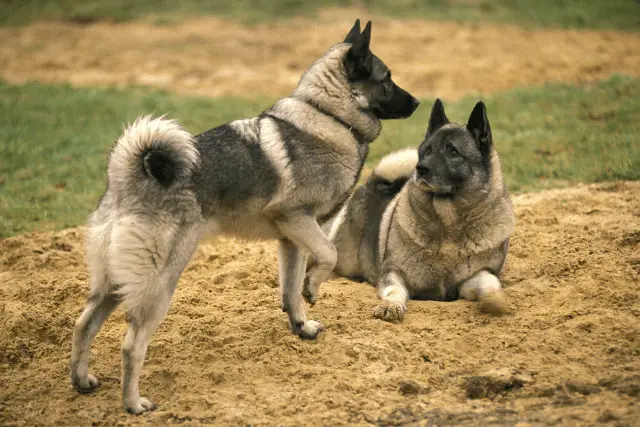
Coat type and color
The Elkhound is a Northern breed with a double coat that sheds dirt and is weather resistant. The top coat is short, thick, and smooth. The undercoat is dense, woolly, and incredibly soft to the touch.
Elkhounds are typically medium gray with black-tipped guard hairs and a lot of light silver. The saddle is usually a darker gray color, with black tipping on the ears and tail. The chest and mane have a lighter gray color to them. The Elkhound is shown in natural conformation, with no trimming.
Temperament
The Norwegian Elkhound is a lovable rogue, intelligent, playful, and sometimes boisterous. It belongs in the family's heart. It thrives on constant attention and near-constant physical contact, resting its head on its owner's lap or leg whenever the opportunity arises.
It is a watchful breed that can be suspicious of strangers and will alarm you if it detects anything out of the ordinary. These instincts are especially noticeable when it comes to children, whom the Elkhound adores and fiercely protects. Although it generally gets along well with dogs, other pets may set off its long-ingrained hunting instincts, making them unsafe in its company.
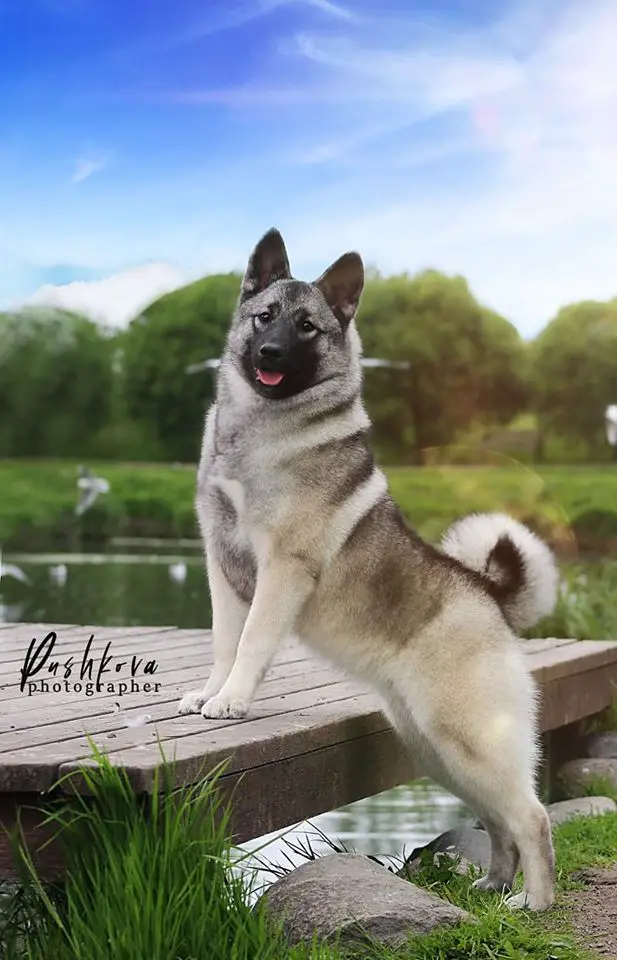
Care guide
The Norwegian Elkhound is a hardy breed used to working in harsh environments. They are absolutely gorgeous dogs, and if you ever get one, you should know how to properly care for it. The following are the most critical aspects of Norwegian Elkhound care.
Grooming
Norwegian Elkhound doesn't shed much most of the time, but twice a year, it "blows its coat" and sheds like crazy. These dogs usually need to be brushed once a week, possibly more during the shedding season. Nevertheless, their coat is relatively easy to care for. However, if you prefer a spotless home, another breed would be a better fit.
In terms of coat cleanliness, the Norwegian Elkhound is a breed that naturally repels debris. They don't stink too bad and only need baths when absolutely necessary. When bathing the dog, make sure to use a high-quality dog shampoo.
Brush your Elkhound's teeth at least twice a week to remove tartar buildup and the bacteria that live within it. Brushing twice a day is even better if you want to avoid gum disease and bad breath.
If your dog's nails don't wear down naturally, trim them once or twice a month to avoid painful tears and other issues. They're too long if you can hear them clicking on the floor.
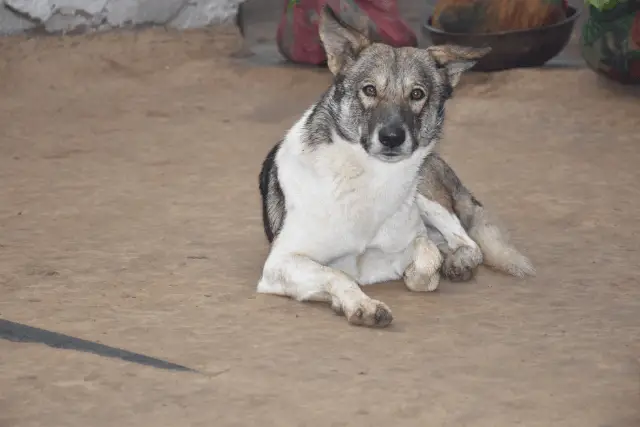
Check the dog's ears once a week for redness or a bad odor, which can indicate an infection. Wipe your dog's ears with a cotton ball dampened in a vet-recommended ear cleaner to prevent infections.
Training
The Elkhound is a remarkably intelligent dog, but it manages to make training difficult. Its nature prefers to be a colleague rather than a subordinate. The dog rarely acts solely to please its owners.
Because this is a food-oriented breed, treats are required during training sessions – but obesity is a common problem in Elkhounds, so always choose low-calorie options! These dogs have the potential to be excellent competition dogs if properly trained and rewarded.
Exercise needs
Norwegian Elkhounds are high-energy dogs with good strength and stamina, bred to follow their hunting quarry over long distances. They should get at least one to two hours of exercise per day, which can be accomplished through walks, jogging, playtime, and other activities.
They also enjoy hiking and swimming, but it is best to keep them on a leash when not in a secure area. Otherwise, their prey drive may cause them to flee in pursuit of a scent.
Norwegian Elkhounds can also excel in dog sports like agility and herding, which can help them exercise both their bodies and minds. Puzzle toys are also excellent for mental stimulation. Just keep outdoor exercise brief in hot weather, as this breed's thick coat can make it heat-sensitive.
Socialization
The Norwegian Elkhound, like all dogs, requires early socialization — being exposed to a variety of people, sights, sounds, and experiences — when they are young. Socialization aids in the development of your Elkhound puppy into a well-rounded dog.
Enrolling them in puppy kindergarten is a great place to start. Inviting guests over on a regular basis, as well as taking the dog to busy parks, stores that allow dogs, and on leisurely strolls to meet neighbors, will help them improve their social skills.
This is the only way to ensure that your adult dog becomes accustomed to new situations. They will feel more at ease in them, making them less likely to react inappropriately and cause problems.
Norwegian Elkhounds and kids
Elkhounds are great with children. These dogs will enjoy playing with children but will also serve as protectors. However, if they are not properly trained, they may assume the role of pack leader and become dominant, particularly toward children, mild-mannered adults, or other dogs.
The dog is only half of the equation in the interaction between the dog and the children. It is critical to teach children proper dog interaction techniques. Make sure your children understand what is safe and that they do not do things like to steal the dog's food or startle the dog while it is sleeping.
The best way to avoid potential injuries and accidents is to teach children and dogs.
Health
The Norwegian Elkhound breed is prone to a variety of severe health issues, many of which affect the eyes. Fortunately, breeders and veterinarians worldwide have developed a rigorous screening program to detect many of these conditions in carrier animals.
As reassurance to prospective buyers, breeders should be able to provide certificates of health for both parents of any pups being sold. The following are some of the issues that this breed is prone to:
- Hip dysplasia - A hip joint malformation that manifests as lameness in active adolescent dogs. Genetic factors play a significant role in its development.
- Hypothyroidism - A hormonal deficiency caused by autoimmune thyroid tissue destruction.
- Entropion - A genetic condition that causes the rolling of the eyelids that allows hair to scratch and irritate the eye's surface.
- Cataracts - Cataracts can appear in Elkhounds as young as a year old; they progress slowly and are thought to be inherited.
- Fanconi Syndrome – An inherited kidney problem that causes nutrient loss in the urine, including glucose and protein.
- Glaucoma - A serious condition in which the pressure inside the eye rises, causing pain and vision loss. This is most common in middle-aged dogs.
- Progressive retinal atrophy - A condition that causes the nerve cells in the eye to deteriorate over time.
- Retinal dysplasia - Another disorder that affects the retina of the eye, but in this case, it is present from birth. It can be detected during a puppy veterinary examination.
Norwegian Elkhound breeders
Before looking for registered Norwegian Elkhound breeders, ensure that this breed is a good fit for your lifestyle, living conditions, and family. These energetic dogs are self-sufficient and alert, with a tendency to be stubborn. Some owners cannot handle such dogs, so before you get one, make sure you have the time and knowledge to "invest" in them.
Responsible Norwegian Elkhound breeders can assist you in making this decision. Inquire with the breeder about the breed with which they spend a significant amount of time. You can make the best decision for you and your family by conversing with the dog breeder and listening to their responses.
World Dog Finder team

Updated at31.08.2023.
Breed History
The Norwegian Elkhound originated in Norway, a breathtakingly beautiful and rugged country. He can be traced back roughly a thousand years when the Vikings used a breed of dog similar in shape and size to guard and hunt.
Archaeologists have discovered skeletons of dogs that closely resemble the shape of the Norwegian Elkhound alongside other artifacts from a primitive culture, suggesting that the breed may date back as far as 5000 BCE. Although its exact history is lost in time, there is little doubt that this breed is inextricably linked to human history.
The Norwegian Elkhound has long been associated with not only the Vikings but also with Norwegian culture in general. The breed has been used to protect herds, flocks, and homes, as well as to hunt large game-like bears and moose. Elhound’s role in hunting was to first locate their prey and then to keep it at bay by barking until the hunter arrived to kill it.
After the Norwegian Hunters Association held its first dog show in 1877, the Norwegian Elkhound became a popular breed. Shortly after, breeders began working to develop a breed standard and records, as well as to shape the Norwegian Elkhound into a serious competitor in the conformation ring.
Today, the Norwegian Elkhound is an excellent family pet. It performs admirably in a variety of dog sports and careers, including conformation, agility, obedience, flyball, freestyle, tracking, guarding, herding, sledding, and search and rescue. Norwegian Elkhounds are still used as hunting dogs in their original capacity.
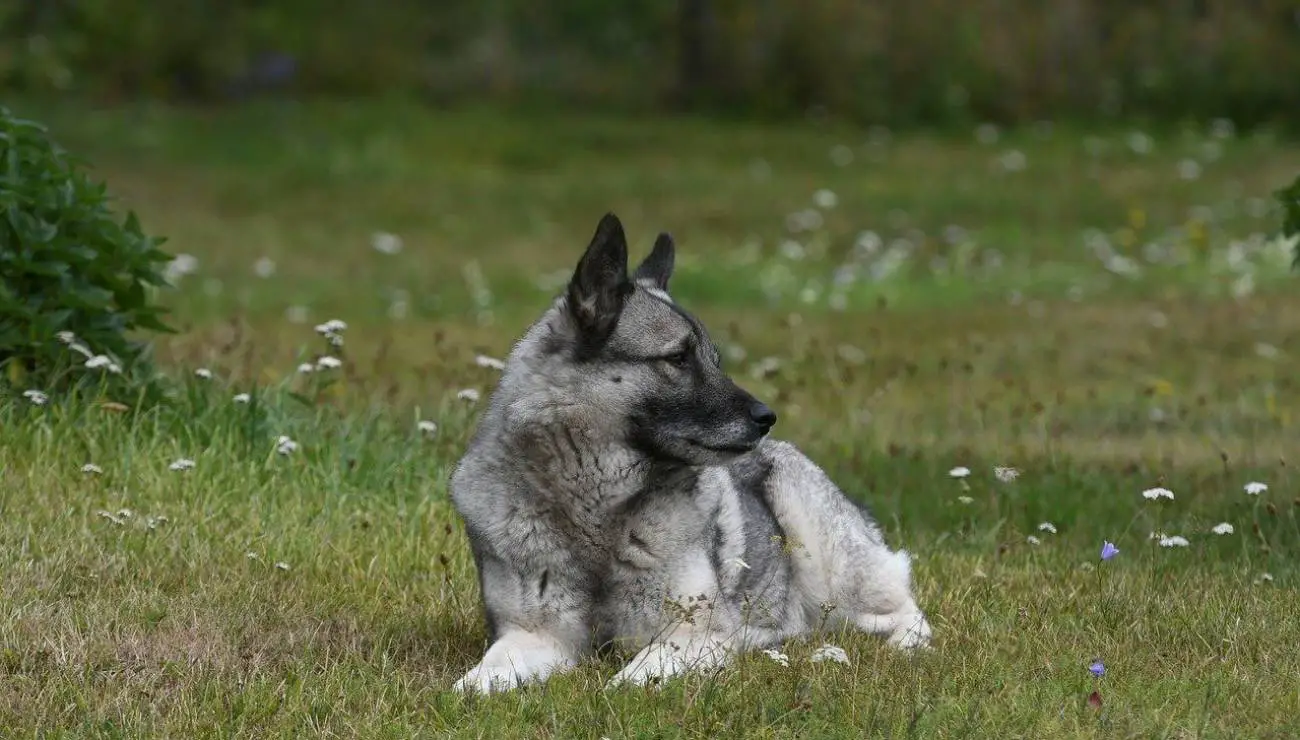
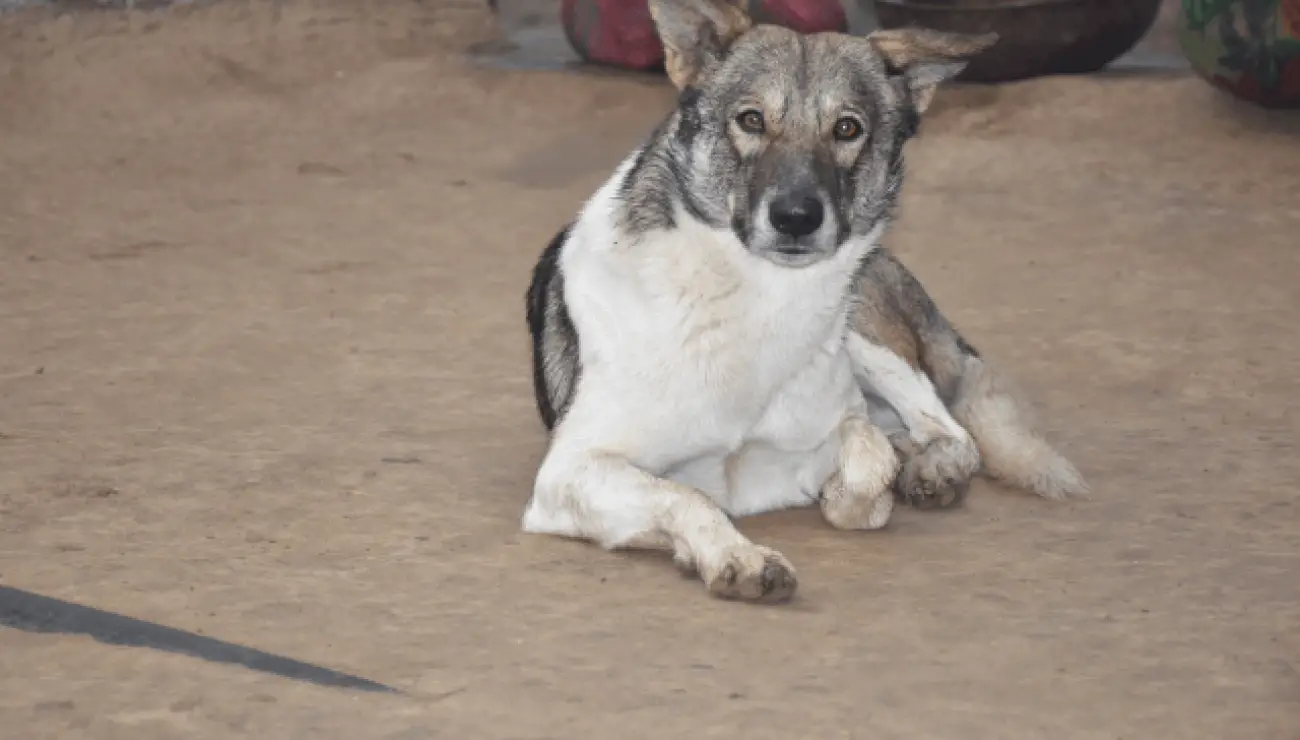
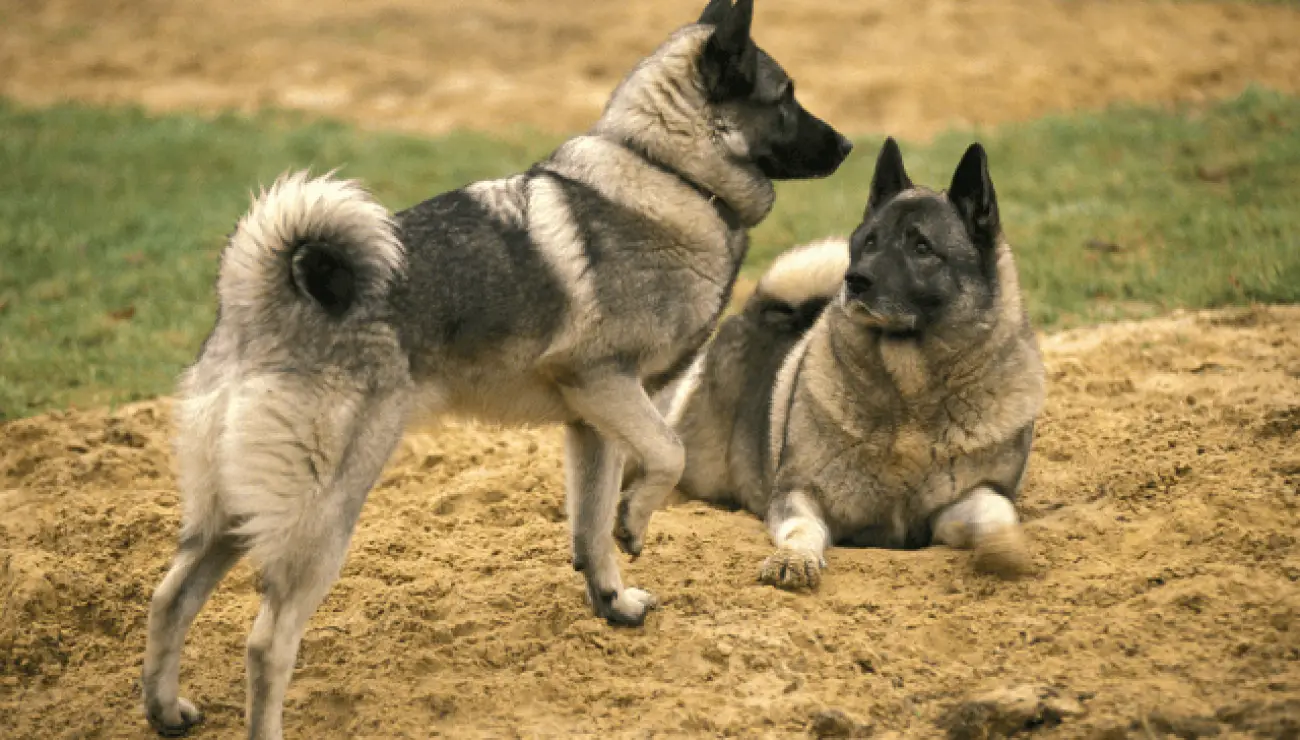
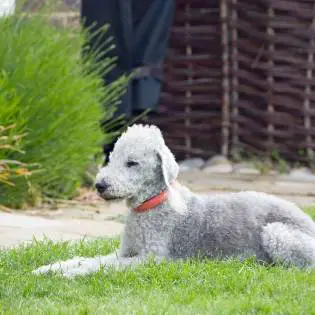
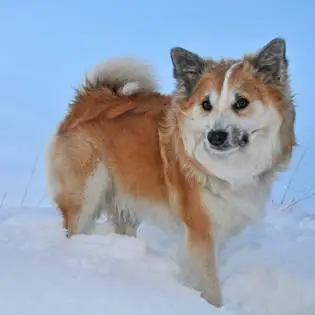
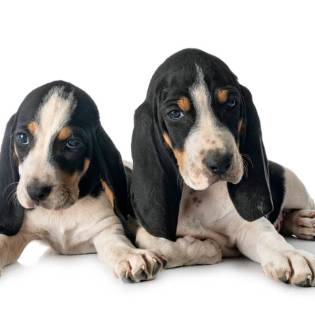
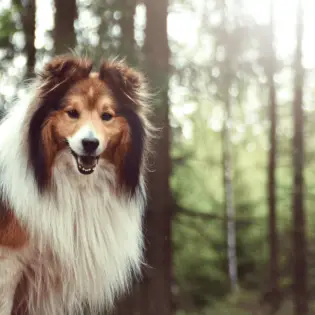
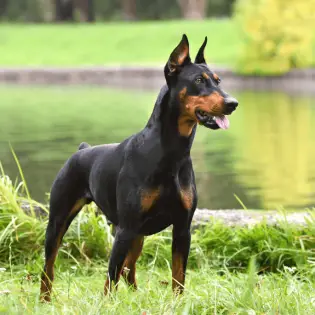
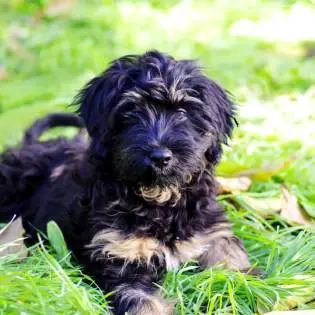
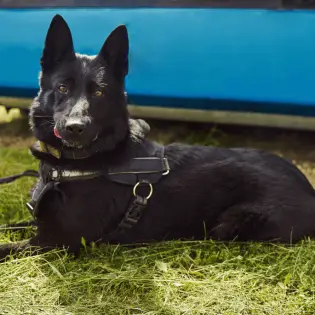
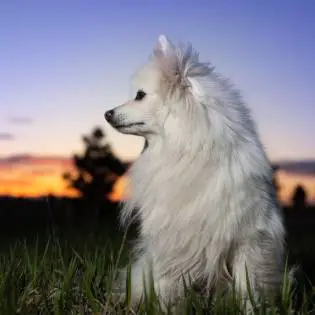
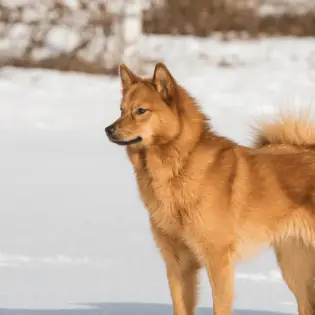
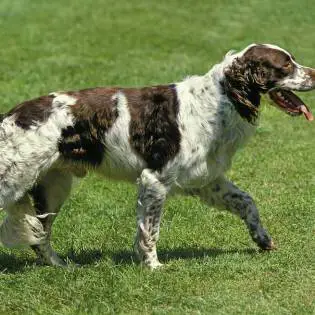

Share